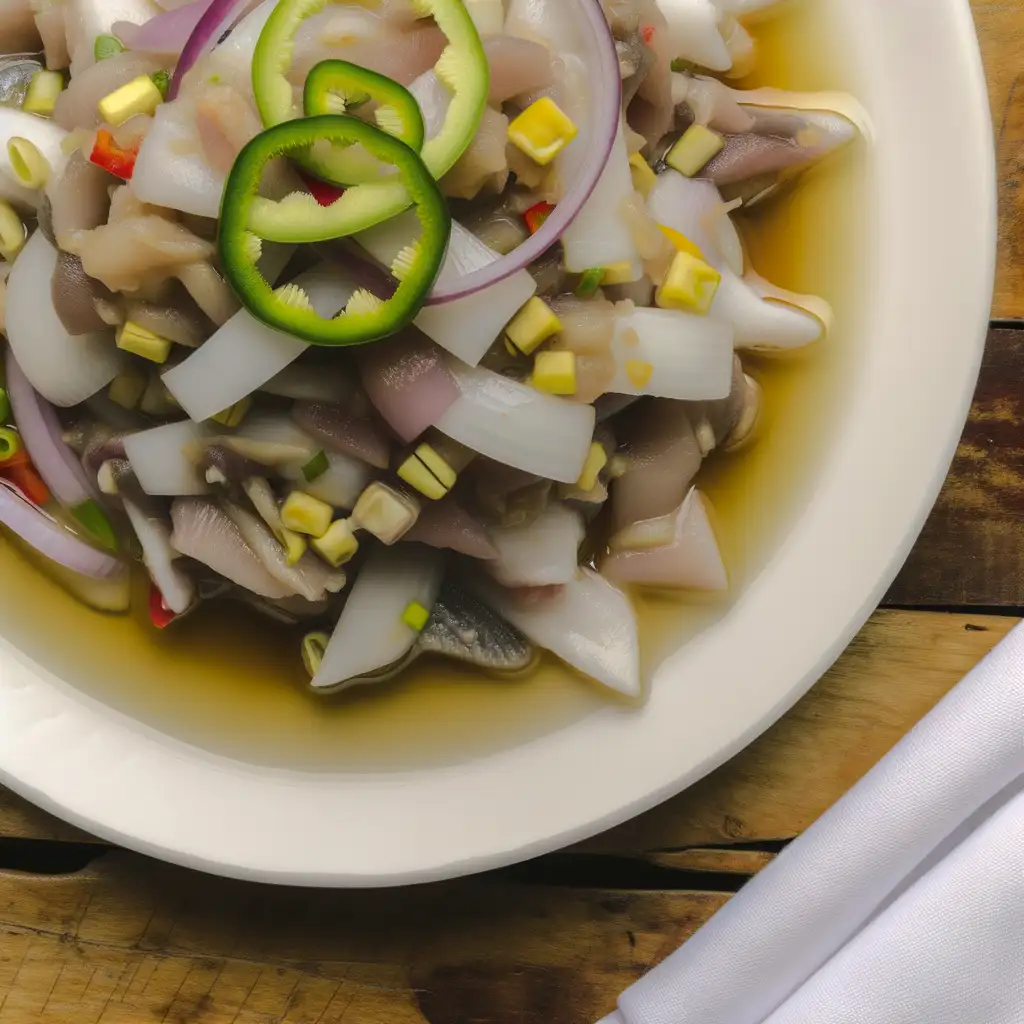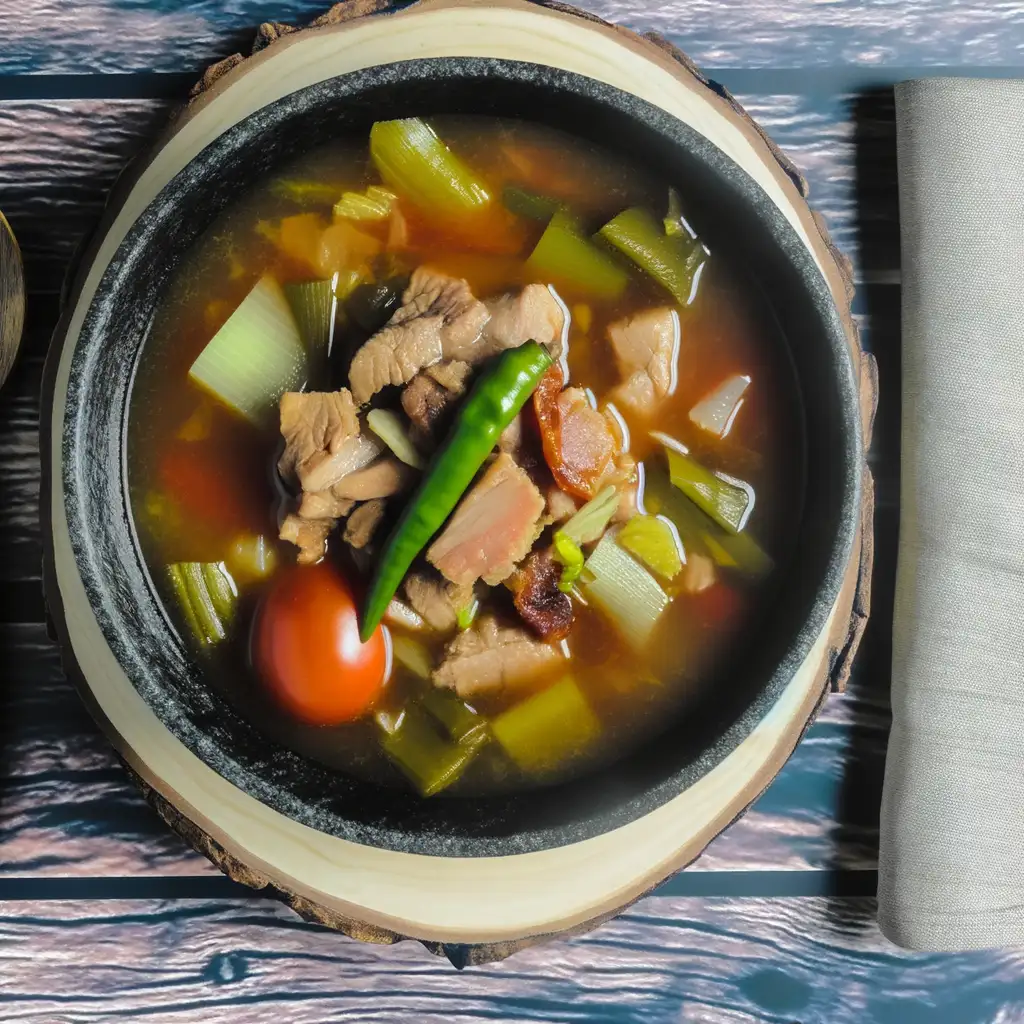


If you ever find yourself craving a place where nature feels like it’s wrapped around you in a gentle embrace,Busuanga Island in the Philippines is where you want to be. The moment you step off the boat,there’s this quiet hum of life—waves lapping softly against limestone cliffs,birds calling overhead,and the warm,salty breeze carrying hints of tropical flowers and fresh sea air. It’s the kind of place where time slows down,and you can actually feel your worries melting away. Busuanga’s charm isn’t just in its stunning landscapes—though those emerald hills and crystal-clear waters are breathtaking—it’s in the way the local community lives so harmoniously with nature. You’ll find small fishing villages where the day’s catch is grilled right on the beach,filling the air with smoky,savory aromas that make your mouth water. The people here are incredibly welcoming,always ready with a smile and a story about the island’s history or the best secret snorkeling spots. Speaking of snorkeling,the underwater world around Busuanga is like stepping into a vibrant painting. Colorful coral reefs teem with life,and if you’re lucky,you might even spot a playful sea turtle or two gliding gracefully beneath the surface. After a day of exploring,nothing beats sitting on the shore,watching the sun dip behind the jagged cliffs,painting the sky in shades of pink and gold. Busuanga isn’t just a destination—it’s a feeling,a peaceful rhythm that stays with you long after you leave.
The information on this page is currently being reviewed by Tripkliq and should be used as a guide only
Eng word: Hello
Eng pronunciation: Kah-moo-stah
Local language: Kamusta
Eng word: Goodbye
Eng pronunciation: Pah-ah-lahm
Local language: Paalam
Eng word: Thank you
Eng pronunciation: Sah-lah-maht
Local language: Salamat
Eng word: How much
Eng pronunciation: Mahg-kah-noh
Local language: Magkano
Eng word: Toilet
Eng pronunciation: Bahn-yo
Local language: Banyo
Eng word: Help me
Eng pronunciation: Too-loo-ngahn moh ah-koh
Local language: Tulungan mo ako
Eng word: Yes
Eng pronunciation: Oh-oh
Local language: Oo
Eng word: No
Eng pronunciation: Hin-deh
Local language: Hindi
Eng word: Excuse me
Eng pronunciation: Pah-oo-mahn-hin
Local language: Paumanhin
Busuanga Island was originally inhabited by the indigenous Tagbanua people, who have a rich cultural heritage and continue to live on the island today.
During the Spanish colonization of the Philippines, Busuanga Island was part of the larger province of Calamianes, which was established in the 16th century.
Busuanga Island is famous for its World War II shipwrecks. In 1944, a fleet of Japanese ships was sunk by American forces, and these wrecks are now popular diving sites.
Coron Bay, located near Busuanga Island, is renowned for its stunning limestone cliffs and crystal-clear waters, making it a top destination for tourists and divers.
Established in 1976, Calauit Safari Park on Busuanga Island is a wildlife sanctuary that houses African animals such as giraffes and zebras, as well as endemic Philippine species.
Maquinit Hot Springs, located near Coron Town on Busuanga Island, is one of the few saltwater hot springs in the world and is a popular spot for relaxation and therapeutic baths.
Kayangan Lake, often referred to as the cleanest lake in the Philippines, is located on Coron Island near Busuanga. It is a must-visit for its crystal-clear waters and breathtaking scenery.
Culion Island, part of the Calamian Archipelago near Busuanga, was once a leper colony during the American colonial period. Today, it is a historical site with a museum and beautiful landscapes.
Coron Town on Busuanga Island serves as the main gateway for tourists exploring the Calamian Islands. It offers a mix of modern amenities and traditional Filipino culture.
In Busuanga Island, the most common Power Adaptor is Type A, Type B.



A popular Filipino dessert made with crushed ice, sweetened fruits, jellies, and topped with leche flan, ube ice cream, and evaporated milk.

A traditional Filipino ceviche made with fresh raw fish marinated in vinegar, citrus juices, and mixed with onions, ginger, and chili peppers.

A sour pork soup made with tamarind, tomatoes, and various vegetables, known for its tangy flavor and comforting warmth.

Crispy deep-fried pork belly served with a side of liver sauce or vinegar dipping sauce, known for its crunchy skin and tender meat.

Crispy deep-fried pork belly served with a side of liver sauce or vinegar dipping sauce, known for its crunchy skin and tender meat.

A spicy dish made with pork, coconut milk, shrimp paste, and chili peppers, originating from the Bicol region but popular throughout the Philippines.

A refreshing salad made with sea grapes (lato), tomatoes, onions, and a dressing of vinegar or calamansi juice, often enjoyed as a side dish.

A traditional noodle dish made with rice noodles topped with a savory shrimp sauce, hard-boiled eggs, chicharrón (crispy pork skin), and green onions.
If you ever find yourself dreaming of a place where the sea feels like a warm embrace and the air carries the scent of salt and tropical blooms,El Nido is that kind of magic. From the moment you step off the boat or wander through its laid-back streets,there’s this undeniable calm mixed with a spark of adventure. The limestone cliffs rise dramatically from turquoise waters,creating a playground of hidden lagoons and secret beaches that seem almost too beautiful to be real. You’ll hear the gentle lapping of waves,the distant chatter of fishermen,and the occasional call of tropical birds,all blending into a soothing soundtrack that makes you want to slow down and just breathe it all in.
The town itself pulses with a warm,welcoming energy. Locals greet you with genuine smiles,and the small cafes and eateries invite you to savor fresh seafood grilled right in front of you,bursting with flavors that tell stories of the sea. At night,the sky turns a deep velvet,and the stars feel close enough to touch,while the soft hum of acoustic guitars drifts from beach bars. It’s a place where time seems to stretch,letting you lose yourself in the rhythm of island life.
What makes El Nido truly special is how it balances raw natural beauty with a vibrant,heartfelt culture. Whether you’re kayaking through crystal-clear waters,hiking up to panoramic viewpoints,or simply sipping a cold drink while watching the sunset paint the sky in fiery hues,El Nido invites you to connect—with nature,with people,and with a sense of wonder that stays with you long after you leave.
If you ever find yourself craving a place where nature’s calm meets a laid-back island spirit,Puerto Princesa is where you want to be. The moment you step off the plane,there’s this warm,salty breeze that wraps around you,carrying the faint scent of the sea and tropical blooms. It’s a city that doesn’t rush — people move with a gentle rhythm,and the streets hum softly with the chatter of locals and the occasional strum of a guitar from a nearby café. It feels like a breath of fresh air,both literally and figuratively.
What really makes Puerto Princesa stand out is its deep connection to nature. The famous Underground River is just the beginning — lush mangroves,crystal-clear waters,and vibrant coral reefs surround the city,inviting you to explore. You can hear the calls of exotic birds in the morning and watch fishermen bring in their catch as the sun dips low,painting the sky in shades of pink and orange. The food scene here is a delightful surprise too — fresh seafood grilled right on the beach,sweet tropical fruits bursting with flavor,and local dishes that tell stories of the sea and the land.
But beyond the sights and tastes,it’s the people who make Puerto Princesa unforgettable. Their warmth and genuine smiles make you feel like you’re not just visiting,but truly welcomed. Whether you’re wandering through the bustling market or sharing a laugh with a vendor,there’s a sense of community that lingers long after you leave. It’s a place that invites you to slow down,soak in the simple joys,and leave with a heart full of stories.
Imagine stepping into a place where history hums through the streets and the ocean breeze carries the scent of salty adventure—that’s Cebu City for you. The moment you arrive,there’s this lively energy that wraps around you,a mix of old-world charm and modern buzz. You’ll find yourself wandering through colorful markets where the chatter of vendors blends with the aroma of freshly grilled street food—think sweet,smoky lechon sizzling over coals,tempting you at every corner.
Cebu’s character is a beautiful blend of the past and present. Ancient Spanish forts and centuries-old churches stand proudly alongside sleek cafes and vibrant street art. The city pulses with warmth,not just from the tropical sun but from the people who greet you with genuine smiles and stories. At night,the streets light up with music and laughter,and you can almost taste the festive spirit in the air.
What really makes Cebu unforgettable is how it feels alive in every sense. You can hear the waves crashing nearby,see the colorful jeepneys weaving through traffic,smell the tropical fruits at the market,and feel the warmth of the sun on your skin as you explore. It’s a place where culture,history,and everyday life blend seamlessly,inviting you to dive in and experience its vibrant soul firsthand.
If you ever find yourself wandering through the heart of Bohol,Tagbilaran City greets you with a warm,unhurried rhythm that feels like a gentle hug after a long journey. The city hums with life—not the overwhelming buzz of a metropolis,but a lively,welcoming energy where jeepneys rattle by and street vendors call out their fresh fruit and local snacks. As you stroll along the waterfront,the salty breeze carries the faint scent of grilled seafood mingling with tropical flowers,inviting you to slow down and savor the moment.
Tagbilaran’s charm lies in its blend of old and new. You’ll catch glimpses of Spanish-era churches standing proudly beside colorful markets where locals barter over ripe mangoes and sticky rice treats. The city’s pulse is deeply tied to its people—friendly,easygoing,and proud of their heritage. At night,the streets light up with laughter and music spilling from small eateries where you can taste the rich flavors of Boholano cuisine,like the sweet,tender kalamay or freshly caught fish cooked with coconut milk.
What really stays with you is the city’s sense of community and its connection to the sea. Whether you’re watching fishermen haul in their catch at dawn or joining a lively fiesta,Tagbilaran feels like a place where stories are shared over steaming cups of coffee and where every corner invites you to discover a new layer of its soul. It’s not just a stopover—it’s a place that quietly pulls you in and makes you want to stay a little longer.
Known as the 'City of Gentle People,' Dumaguete is a hub for exploring nearby Apo Island,a renowned diving destination with rich marine biodiversity.
ExploreManila is this vibrant,bustling heart of the Philippines that grabs you the moment you step off the plane. There’s an energy here that’s both chaotic and warm,like the city is alive and breathing with stories waiting to be discovered. Walking through its streets,you’ll catch the scent of sizzling street food mingling with the salty breeze from Manila Bay. The soundscape is a lively mix of jeepneys honking,street vendors calling out their wares,and the occasional laughter spilling from a nearby sari-sari store.
What makes Manila truly special is its rich tapestry of history and culture woven into everyday life. You can wander through Intramuros,the old walled city,and feel the echoes of Spanish colonial days in the cobblestone streets and centuries-old churches. Then,just a few blocks away,modern skyscrapers rise,showcasing the city’s dynamic spirit. The people here are incredibly warm and welcoming,always ready to share a story or recommend their favorite spot for halo-halo,a sweet,icy treat that’s perfect for cooling down in the tropical heat.
Manila’s charm lies in its contrasts—the old and new,the quiet moments in hidden courtyards and the lively buzz of night markets. It’s a place where you can savor rich Filipino flavors,dive into vibrant festivals,and feel the pulse of a city that’s constantly evolving but never loses its heart. If you want a trip that’s full of life,color,and genuine warmth,Manila’s waiting with open arms.
Some accommodations may advertise attractive rooms online, but upon arrival, tourists are given substandard rooms or asked to pay extra for the advertised amenities.
Some vendors may sell fake or low-quality souvenirs, claiming they are authentic or locally made, at inflated prices.
Some establishments may engage in credit card skimming, where card details are stolen during transactions and used for fraudulent activities.
Scammers may pose as officials and charge fake environmental or entrance fees for certain tourist spots, which are not required or are already included in tour packages.
Unlicensed or fake tour guides may approach tourists, offering cheap services but providing subpar experiences or abandoning tourists mid-tour.
Bogus travel agencies may offer discounted packages or tours, take payment upfront, and then disappear without providing any services.
Tricycle drivers or boat operators may overcharge tourists, especially if they are unfamiliar with the standard rates for transportation around the island.
Restaurants or food stalls near tourist hotspots may charge tourists significantly higher prices than locals for the same items.
Some tour operators or agents may charge tourists significantly higher prices for island hopping tours compared to the standard rates. They may also add hidden fees for entrance to certain islands or snorkeling spots.
Unlicensed dive shops may offer scuba diving certifications or tours at discounted rates but fail to provide proper training or safety measures.
The Philippines has very strict laws regarding the possession, use, and trafficking of illegal drugs under the Comprehensive Dangerous Drugs Act of 2002 (Republic Act No. 9165). Penalties for drug offenses are severe and can include long prison sentences and even the death penalty for serious offenses. Tourists are strongly advised to avoid any involvement with illegal drugs while in Busuanga Island or anywhere in the Philippines.
In Busuanga Island, as in the rest of the Philippines, smoking is regulated under the Tobacco Regulation Act of 2003 (Republic Act No. 9211). Smoking is prohibited in public places such as schools, hospitals, public transportation terminals, and government offices. Designated smoking areas are allowed but must be clearly marked and separated from non-smoking areas. Violations can result in fines and other penalties.
Vaping is subject to similar regulations as smoking under the Executive Order No. 26, which provides for the establishment of smoke-free environments in public and enclosed places. Vaping is prohibited in public places, including schools, hospitals, and public transportation. Designated vaping areas may be provided but must adhere to specific guidelines. Violations can result in fines and other penalties.
What are other people saying about Busuanga Island?
Recent Social posts about Busuanga Island
There is nothing to show you for now.